Łukasz P. Olech
Generating Object Cluster Hierarchies for Benchmarking
Jun 17, 2016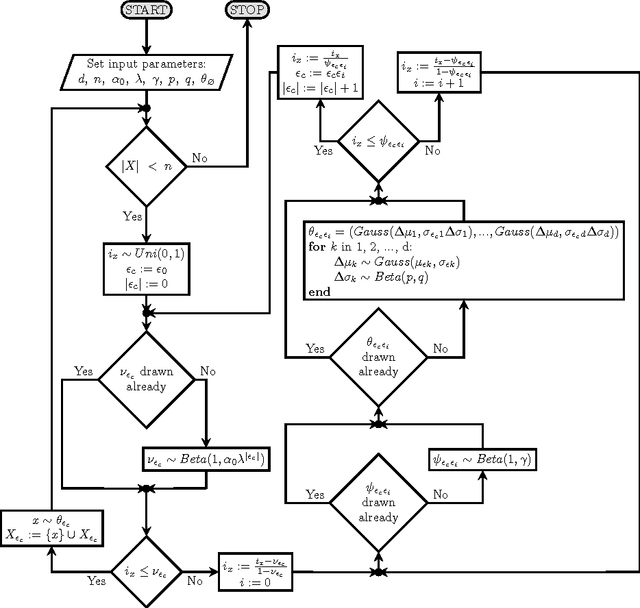

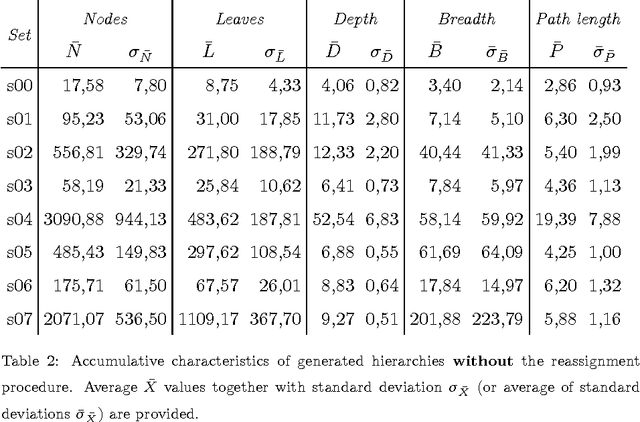

Abstract:The field of Machine Learning and the topic of clustering within it is still widely researched. Recently, researchers became interested in a new variant of hierarchical clustering, where hierarchical (partial order) relationships exist not only between clusters but also objects. In this variant of clustering, objects can be assigned not only to leave, but other properties are also defined. Although examples of this approach already exist in literature, the authors have encountered a problem with the analysis and comparison of obtained results. The problem is twofold. Firstly, there is a lack of evaluation methods. Secondly, there is a lack of available benchmark data, at least the authors failed to find them. The aim of this work is to fill the second gap. The main contribution of this paper is a new method of generating hierarchical structures of data. Additionally, the paper includes a theoretical analysis of the generation parameters and their influence on the results. Comprehensive experiments are presented and discussed. The dataset generator and visualiser tools developed are publicly available for use (http://kio.pwr.edu.pl/?page_id=396).
Hybrid Ant Colony Optimization in solving Multi-Skill Resource-Constrained Project Scheduling Problem
Mar 31, 2016



Abstract:In this paper Hybrid Ant Colony Optimization (HAntCO) approach in solving Multi--Skill Resource Constrained Project Scheduling Problem (MS--RCPSP) has been presented. We have proposed hybrid approach that links classical heuristic priority rules for project scheduling with Ant Colony Optimization (ACO). Furthermore, a novel approach for updating pheromone value has been proposed, based on both the best and worst solutions stored by ants. The objective of this paper is to research the usability and robustness of ACO and its hybrids with priority rules in solving MS--RCPSP. Experiments have been performed using artificially created dataset instances, based on real--world ones. We published those instances that can be used as a benchmark. Presented results show that ACO--based hybrid method is an efficient approach. More directed search process by hybrids makes this approach more stable and provides mostly better results than classical ACO.
* The final publication is available at Springer via http://dx.doi.org/10.1007/s00500-014-1455-x
Hierarchical Gaussian Mixture Model with Objects Attached to Terminal and Non-terminal Dendrogram Nodes
Mar 28, 2016


Abstract:A hierarchical clustering algorithm based on Gaussian mixture model is presented. The key difference to regular hierarchical mixture models is the ability to store objects in both terminal and nonterminal nodes. Upper levels of the hierarchy contain sparsely distributed objects, while lower levels contain densely represented ones. As it was shown by experiments, this ability helps in noise detection (modelling). Furthermore, compared to regular hierarchical mixture model, the presented method generates more compact dendrograms with higher quality measured by adopted F-measure.
* This article was presented on CORES2015 conference http://cores.pwr.wroc.pl/ . The final publication is available at Springer via http://dx.doi.org/10.1007/978-3-319-26227-7_18
Hierarchy of Groups Evaluation Using Different F-score Variants
Mar 28, 2016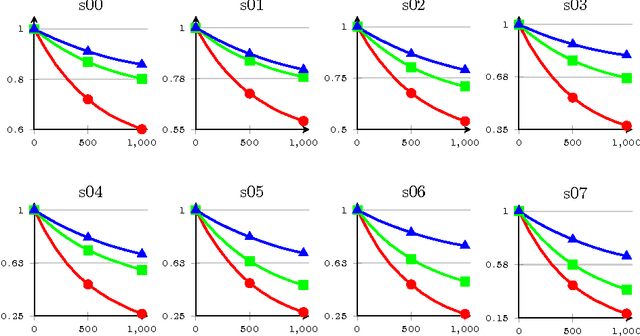
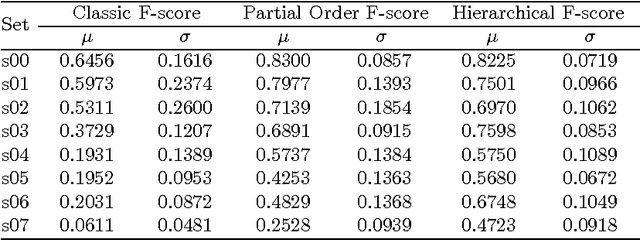
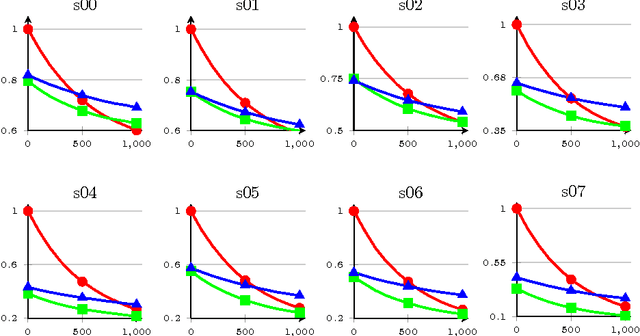
Abstract:The paper presents a cursory examination of clustering, focusing on a rarely explored field of hierarchy of clusters. Based on this, a short discussion of clustering quality measures is presented and the F-score measure is examined more deeply. As there are no attempts to assess the quality for hierarchies of clusters, three variants of the F-Score based index are presented: classic, hierarchical and partial order. The partial order index is the authors' approach to the subject. Conducted experiments show the properties of the considered measures. In conclusions, the strong and weak sides of each variant are presented.
* Presented on ACIIDS2016 conference https://aciids.pwr.edu.pl/. The final publication is available at Springer via http://dx.doi.org/10.1007/978-3-662-49381-6_63
 Add to Chrome
Add to Chrome Add to Firefox
Add to Firefox Add to Edge
Add to Edge